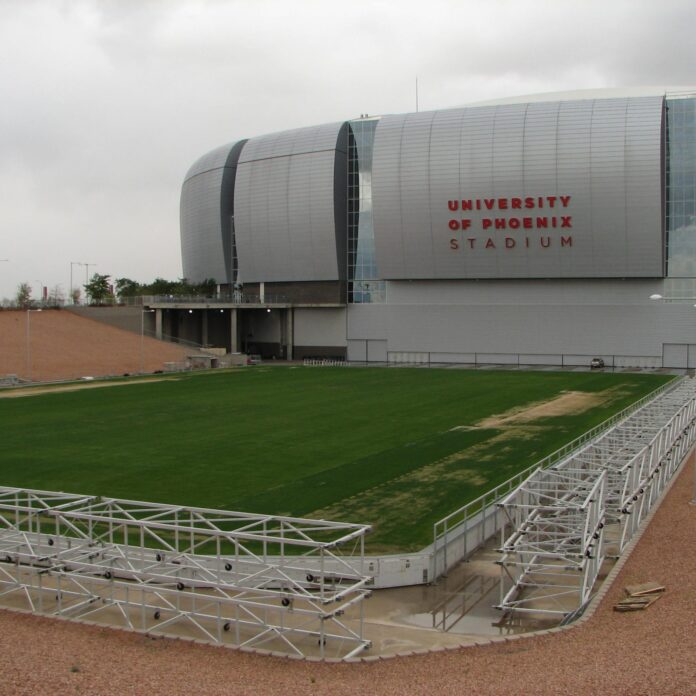The University of Phoenix Stadium, which will host the 2015 Super Bowl, is getting ready for February with an upgrade to its distributed antenna system (DAS). Most of the largest sports stadiums and convention centers in the United States already have a DAS, but many are finding that their systems are not ready to meet the exploding demand for mobile data.
“What we’re seeing now is in a lot of these large venues, they have basic coverage and pretty good capacity in place, and now we’re adding capacity,” said Philip Sorrells, VP of strategic marketing for wireless at CommScope.
Some DAS were built before carriers started upgrading their networks to LTE, and now the operators want to upgrade those systems. Sorrells said that LTE is a major driver of DAS upgrades, and that LTE calls for new design objectives.
“2G was designed for voice and the primary quality metric in a 2G voice system was signal strength,” Sorrells explained. “When you designed an indoor coverage system for 2G you designed it to optimize signal strength. LTE is designed for data. It is a data driven system that’s interference limited. So the primary metric that defines quality in terms of a design process for an in-building DAS system for LTE is SINR (signal-to-noise-plus-interference). Given that those two quality measurements are different parameters, you have to really think through how do you select the right kind of equipment and how to you place that equipment in the right place to optimize for SINR as opposed to optimizing for signal strength? What that practically means is think smaller sectors, think tighter sectors.”
Subscribe now to get the daily newsletter from RCR Wireless News
Many new distributed antenna systems are being built for LTE from the beginning. And many of these systems are going into high rise office buildings and multiple dwelling units, as carriers and their customers recognize the need for new capacity to meet the demand for LTE data.
“We’ve heard anecdotally over the last year that only about 15% of eligible facilities in the U.S. have been covered by DAS,” said analyst Aaron Blazar of Atlantic-ACM. “Folks have definitely tackled the low-hanging fruit, which tends to be things like sports stadiums. … But there are plenty of other large scale, million square foot-plus vicinities that really could benefit.”
These comments are part of a complimentary RCR Wireless News webinar, HetNet Perspectives.

